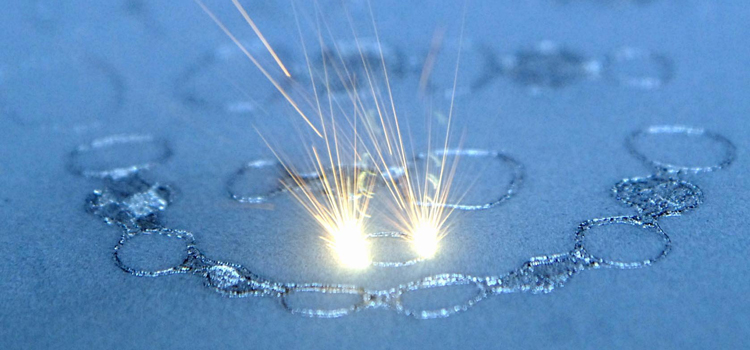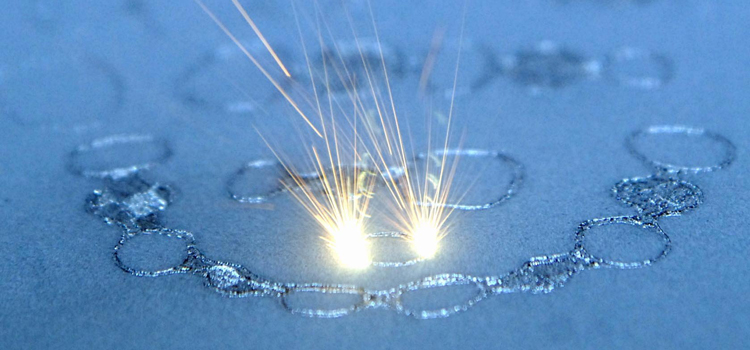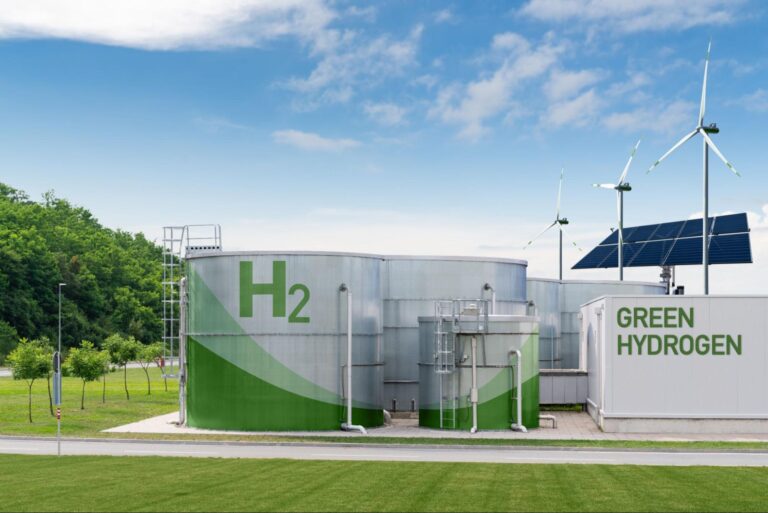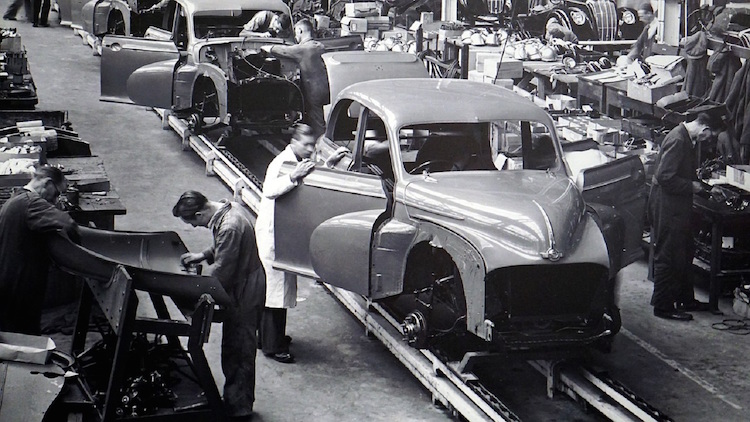Time to read: 5 min
There are lots of different exciting advances in prototyping and machining technologies on the horizon.
For this article we’re going to take a deeper look at one advanced technology we hear a lot of buzz around: Direct Metal Laser Sintering (DMLS).
Read on for an overview of the method, the technical specs, and our views on what current challenges and opportunities exist that contribute to where we are now and where we still need to go.

Metal properties have always been strongly linked to their method of manufacturing and even just a few years ago, the idea that 3D printing could produce parts with properties rivalling that of cast and forged pieces seemed crazy.
New technologies and materials continue to push the bounds of what’s possible and although the bleeding edge is fascinating, we the engineers are generally more interested in what’s available and cost effective right now.
There is more than one way to additively manufacture a metal, but there can be some confusion as to what those methods are since different companies can have different names for the same process.
Many companies offer a ‘3D printed metal’ service, however it involves the use of a binding material and is mostly for visual purposes – the mechanical properties will not match the typical values of the metal and machining is not advised.
For metal parts with properties similar to those from subtractive manufacturing methods, you can choose between Electron Beam Melting (EBM), Direct Metal Laser Sintering (DMLS), and Selective Laser Melting (SLM). To be even more confusing, DMLS and SLM are sometimes used interchangeably!
For this article, we’re going to focus on the pros and cons of DMLS, the most widespread technology available.
The Method
DMLS is a very new technology first developed in 1995, but not advanced enough to produce commercial products until 2006. Like all additive manufacturing technologies, building begins by slicing a CAD model into thin layers. DMLS, like SLM and EBM, works by running a heat source (laser beam) over micron-thin layers of metal powder in the shape of the design to fuse them together
With EBM and SLM, the material is fully melted whereas in DMLS, the material is heated just enough for the molecules to fuse together. All three technologies are capable of producing parts with over 98% density and leftover powder can be reused repeatedly so waste is low.

For metals as with other materials, prototyping and low production volumes are crucial to successfully designing your part for larger production runs. With material improvements, DMLS has a lot of potential.
The Technical Specs
- Materials: Theoretically, any material could be used so long as the powder for sintering was correctly prepared. Currently available materials include: Aluminium AlSi10Mg, Cobalt Chrome (MP1 and SP1), Maraging Steel (MS1), Nickel (IN625 and IN718), Stainless Steel (GP1 and PH1), and Titanium (Ti64).
- Tolerances: ±0.005 inch for the first inch and ±0.002 inch per inch thereafter
- Surface Finish: 350 Ra – µinch – similar to investment casting
- Maximum Size (old machines): 250mm x 250 mm x 325 mm (9.85 in x 9.85 in x 12.8 in)
- Maximum Size (new machines): 400mm x 400 mm x 400 mm (15.8 in x 15.8 in x 15.8 in)
Opportunities
- Available materials for DMLS increase every year and the tensile strength, toughness and hardness of these alloys can match the properties of their conventionally manufactured counterparts.
- DMLS allows parts to be made from metals which can be difficult to machine, such as titanium.
- Part cost is not determined by complexity, as it is for machining operations. Complex, geometrically intricate parts are almost the same cost as similarly sized simple parts and can mean large savings in weight and material.
- Geometries that are hard or even impossible with traditional machining processes can be realised, such as hollow sections and complicated cavity and channel systems.
- Highly personalized, custom parts are possible such as for biomedical and dental applications
- Small parts can be bundled together onto the same build bed to save costs, including multiple versions of the same design for testing.
- Features that would need another machining operation can be built into the part, such as threads and surface patterns.

Challenges
- The technology is still developing, and producing a quality part still involves a lot of trial and error, even by experts in the field.
- While complex geometries are certainly possible, many features will still require support geometry during printing. This adds to material cost and post-processing cost.
- Post-processing in the form of polishing, shot-peening, heat treatment and machining may be necessary for stress relieving and improving the surface finish and tolerances.
- Expensive! The pricing structure is unclear and depends on part shape, material and manufacture – one example part received quotes of between $650 and $2200! If you chose DMLS, make sure to get multiple quotes for your parts to make sure you’re getting the best value.
Where We Are Now
As with any developing technology, prices are high and availability is low, including availability of skilled DMLS manufacturers, especially for specific materials such as titanium. Low demand means manufacturers have to program separate builds for each client rather than bundling together to reduce costs, which means higher prices for the client.
With prices this high, even though the material properties may be as good as machined or forged parts, DMLS is not a cost effective prototyping method unless your part can’t be made any other way. Improvements in the machines and expertise are always being rolled out and prices are dropping, but we probably have at least 5 years before it becomes a real prototyping option for consumer products.
Unless your design hits several of the points in ‘Opportunities’ above, DMLS is probably not the method for you.
The Alternatives
As prototyping systems for metal are more expensive than for plastics, it makes sense to use 3D printing to refine issues of shape, tolerance and fit before moving on to functional prototypes made with more robust methods. When you have your part fitting correctly, you can start to look first at machining and then investment casting in later stages of development. The most cost effective method will depend on your part design – ask the team at Fictiv if you need help deciding.
- Machining – So far, nothing beats CNC machining for speed and availability, and no matter your location you will be able to find several price competitive machine shops, though you will have more material loss and be somewhat limited in what you can build.
- Investment Casting and Sand Casting – With (relatively) low lead times of 2-4 weeks, investment casting is the method of choice for quick metal prototypes. The use of wax and sand as a casting material means no time or money is wasted on producing expensive metal molds.
Main Takeaways
DMLS is an exciting technology and although it’s easy to become enamored with the possibilities, for now it’s not a cost effective solution for most designs.
It will be exciting to see Improvements to the technology in the near future as well as advancements pushed through by the aerospace, biomedical, and defence industries to push down cost for consumer hardware development.










